(featuring A LOT of advice that I’ve stolen from my sister)
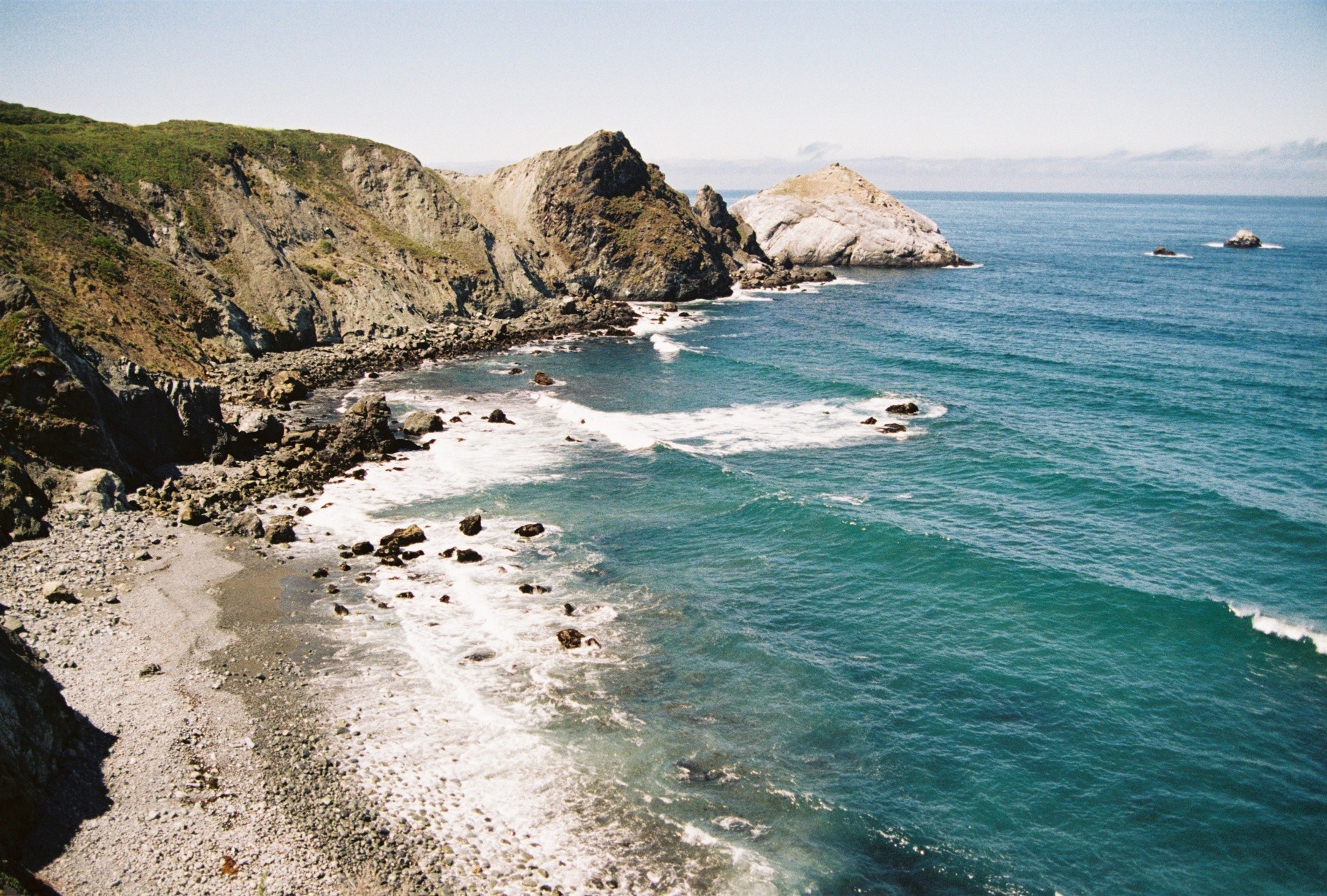
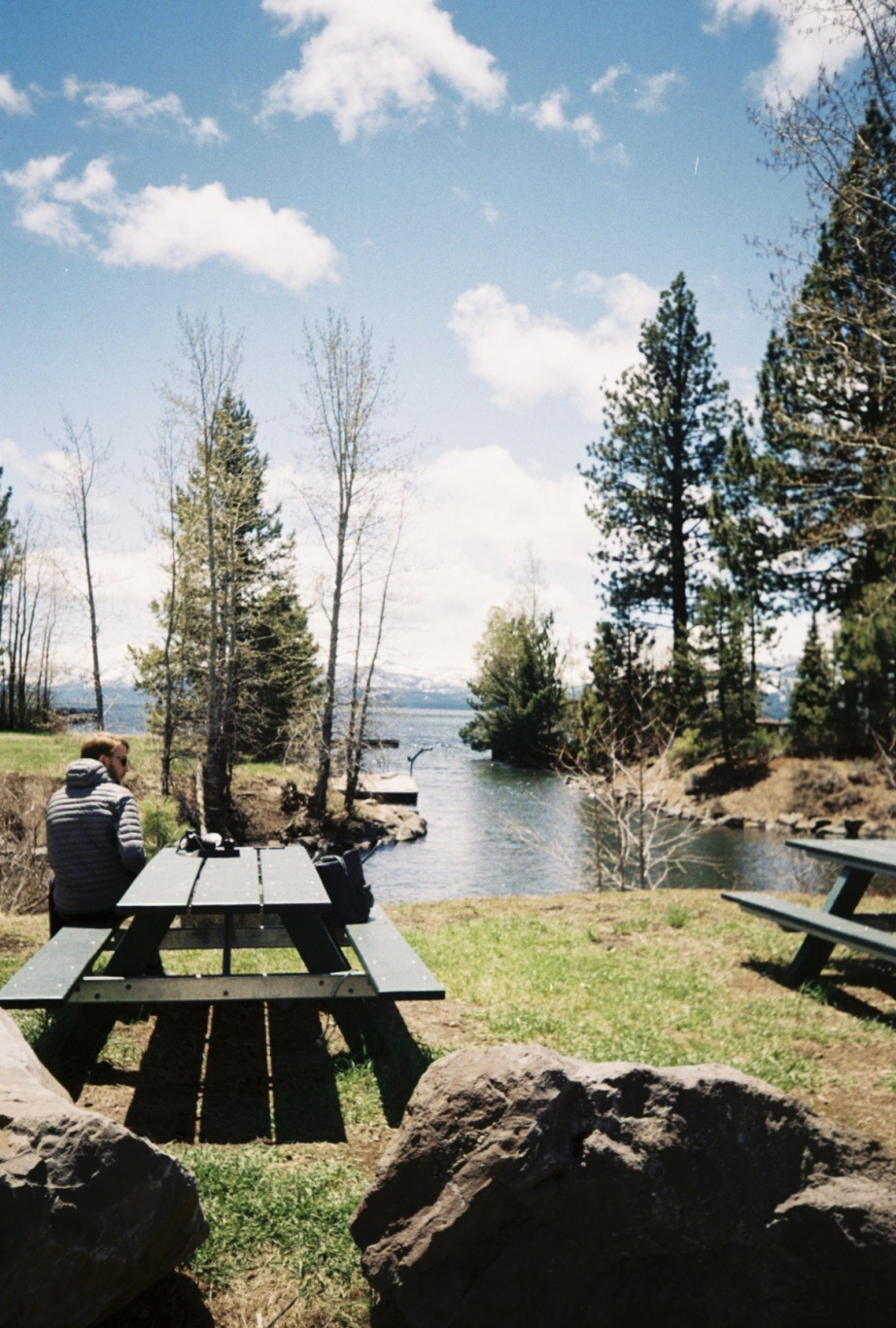

Travelling is fun, enlightening and can make you feel ALL THE FEELS, but it’s also bloody expensive. Leaving the house that has a bed that you pay to sleep in every night, be it in rent or mortgage, and boarding up elsewhere and having to pay for the travel to get there and all the trimmings that come with that is extra expenditure in your monthly budget. And when it comes to travel budgeting, well how long is piece of string? You can grab a one-bed Airbnb for £60 a night, or stay in a five star £400 a night hotel room (a girl can dream – ok?). The options are endless, and the spending is potentially endless too.
BUT, it can be done in a way that’s affordable and that’s what I’m here to spout off about today. The little tweaks that we’ve made to our trips over the years to make them a little kinder on the pursestrings, along with more recent advice that I’ve picked up from my sister and her worldwide adventures (find out more about those here). Here’s how to budget for your next trip, so that you don’t end up with a huge credit card bill on your doorstep when you get home…

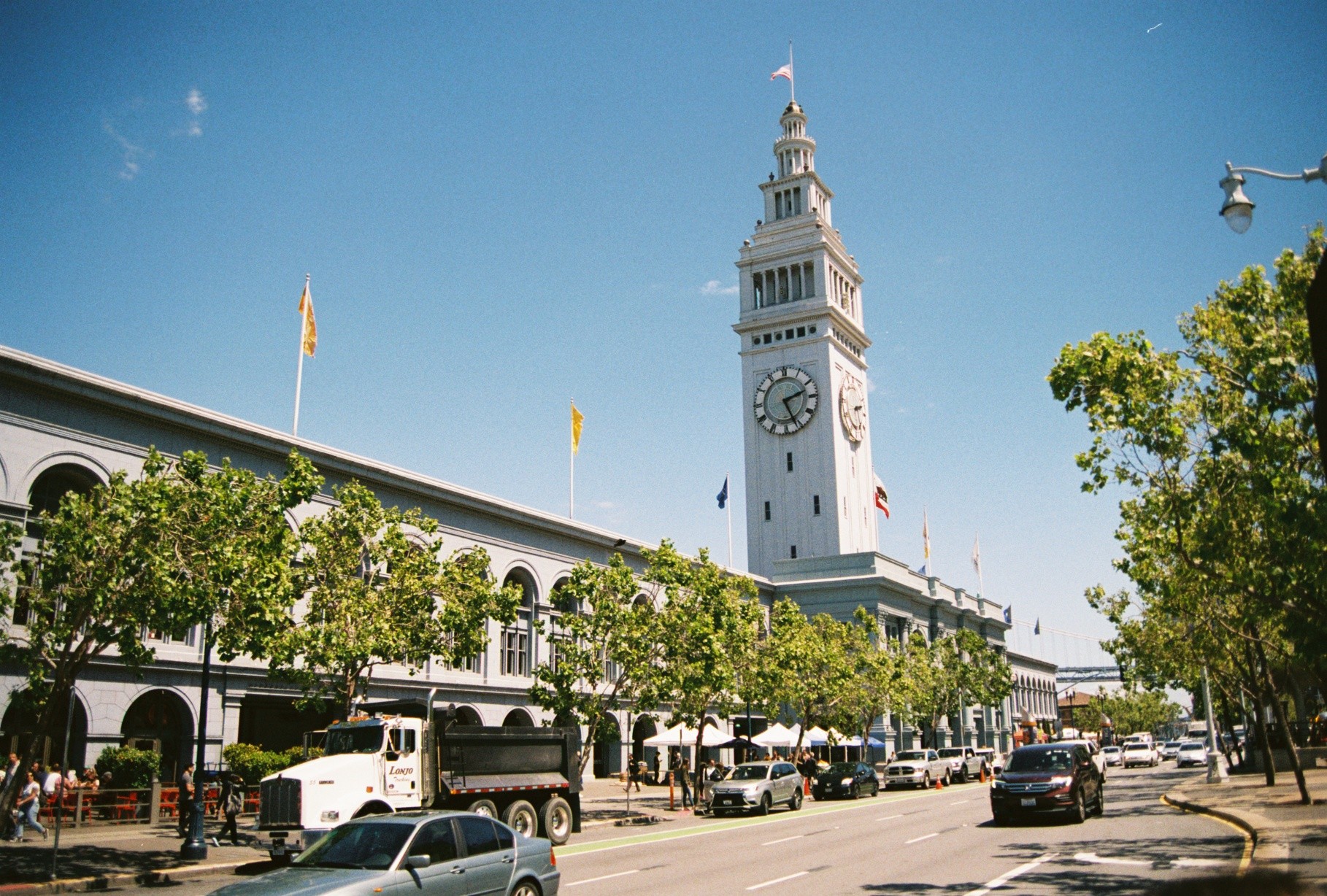
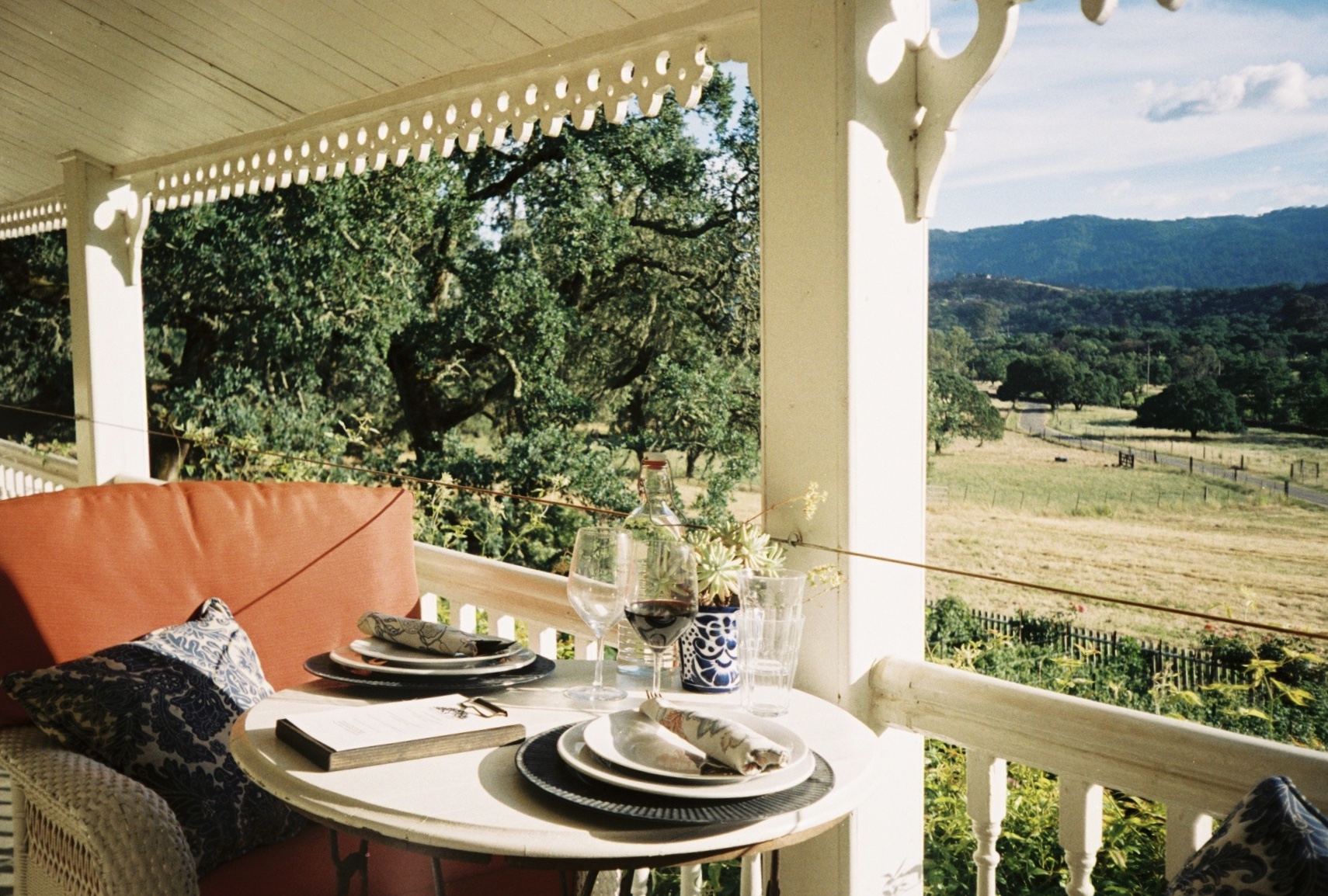

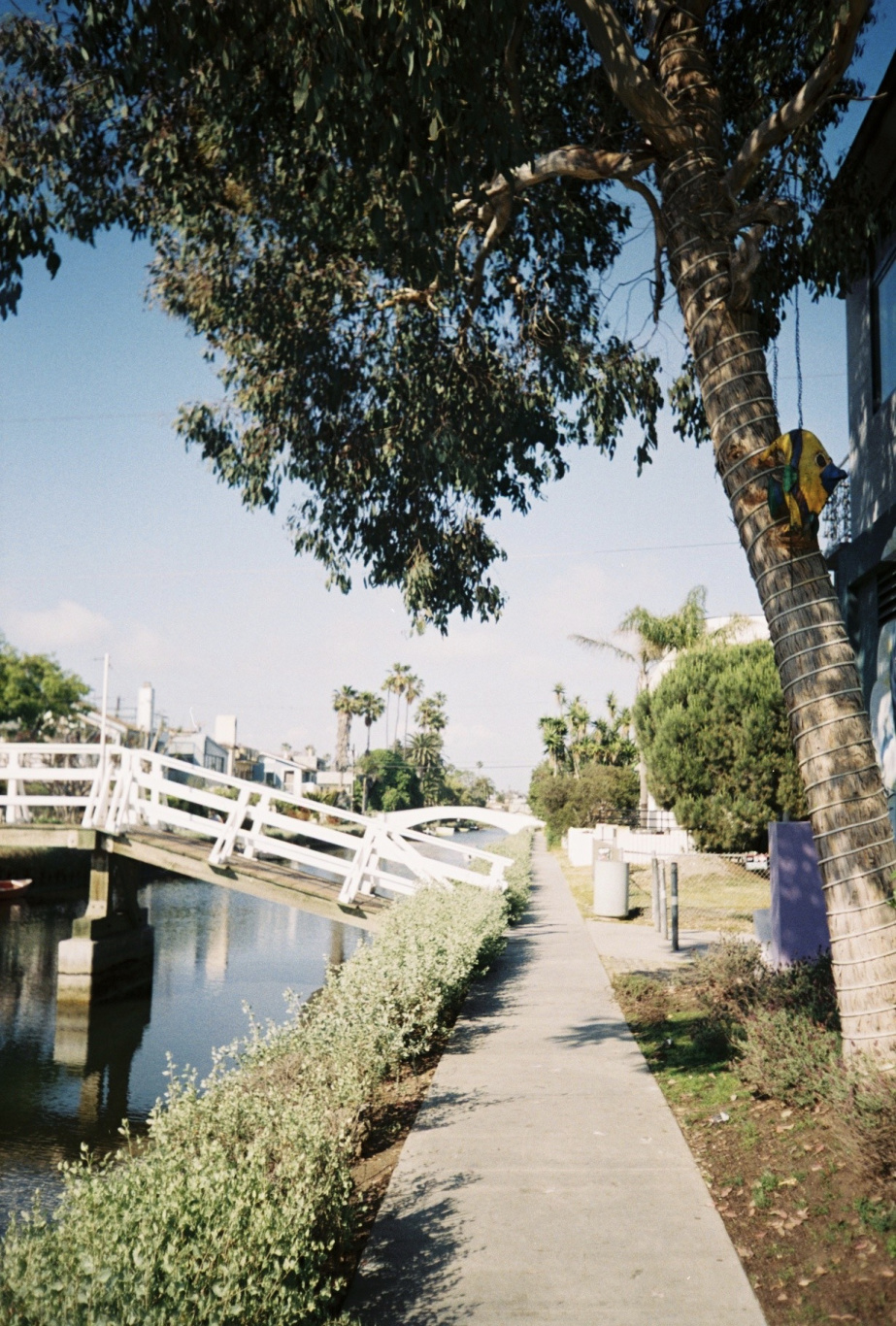
BEFORE YOU GO
Book early. It’s a classic, but booking flights and accommodation as early as you possibly can is always a good thing, unless you plan on booking your trip literally the night before (which can yield some absolutely INCREDIBLE deals, but also risks you not finding flights and/or accommodation – a Type A like me just can’t handle that s**t). Not only do you get your pick of flight times and where to stay, it’s often the cheapest time to book. Think about the dates of your trip, as to avoid any peak seasons, public holidays or festivals or conferences in town that might affect prices. We always book flights first, as that’s where the prices can really jump up and down day to day; so do that first to ensure that you have complete flexibility and are able to catch whatever deals you spot, then move onto accommodation (Airbnb* is always a good bet, but I like to check Mr & Mrs Smith too to get a lay of the luxe hotel land and see if any of them have any discount codes online – usually for signing up to their newsletter).
Think outside the accommodation box. Hotels can be P.R.I.C.E.Y, and if there’s anything that I’ve learnt from my sister’s travel plans, it’s that there are often much cheaper places to stay available, if you don’t mind compromising a tad. There are hostels with private rooms and shared bathrooms that can save you some dollar, or local campsites and glampsites that might not be slap bang in the centre of town, bu are just a short bus journey away. If you’re doing a road trip then a camper van might not be a terrible idea (Mark and I are looking into doing this in New Zealand next year to visit my sister!) as it doubles up as your accommodation and your transport. There might be friends and family you know who would be up for a house swap? Have a think outside the box a bit when it comes to where you plan on bedding down and you might be able to scrape back some serious cash.
Pre-plan your transfers. I know I wheel out this nugget of advice every time, but airport transfers can do you over and eat into a massive chunk of your holiday budget without you realising. Work out how you’re going to get to the airport at this end and pre-book your trains/coach/airport parking, but also have a look into how is best to reach your accommodation from the airport at the other end too. Often it’s quickest and pretty cost-effective to use a local taxi or Uber, especially if there’s more than two of you, but if you’re part of a duo or a single traveller then it’s probably cheaper to look into a bus or train that should shoot you out into the centre of town where you can navigate yourself onto a metro or underground service. If it’s hot, or you have a lot of a luggage then look into pre-booking a taxi because I’ve been there, done that and sweated my *balls* off to get from Madrid airport to our Airbnb which took over an hour and a half and was actually a 15 minute car journey. To save on time and sweat, sometimes it’s better to suck it up.
WHEN YOU’RE THERE
Be smart with transport. Often the most cost-effective choice is public transport. Have a look before you go to see what type of transport is on offer and whether there is a pass or ticket that works particularly well for your needs and duration of your trip. Most cities offer passes for unlimited travel over a period of two or three days, which always tends to work well for us. Make sure you download the CityMapper app before you leave which is just bloody brilliant and tells you the quickest ways to get from A to B without getting lost. If you do have to do hire a car, then shop around for a deal that gives you a car that’s reliable and comfortable and suits your needs. If you’re heading to the U.S then it can be easy to think that you need to keep up with the Jones’ and get a MASSIVE S.U.V, when in fact something that fits your luggage in the boot is good enough and can save you a serious amount not just in hire, but in petrol too.
Stick to budget. It’s not rocket science, but it’s worth having a rough figure before you leave of what you’d like to spend each day per person. Of course this differs massively depending on your destination, but do some research before you go on what is realistic when you take into account food, transport and any activities that you’d like to do. From experience I’d say that £50-ish a day should be more than enough for most European destinations, sometimes a little more if it’s a pricey capital city, sometimes less if it’s not. Section out a small part of the budget for holiday purchases, but as a general rule of thumb I stick to the ‘one big buy per trip’ rule and try and buy something for our home; a print, a book, a fruit bowl (bringing that back on my lap on the airplane coming back from Ibiza was fun). Work out your daily budget then add an extra days budget for any miscellaneous expenses that might crop up and another day’s budget for some holiday buys. Easy peasy.
Go for groceries. Depending on where you’re visiting, you’ll either be wowed at just how reasonable it is to eat out, or you’ll marvel at how the conversion is making your meal bills sky-high (our California road trip certainly fell into the latter category!). To keep your food costs within your budget, stick to the ‘two sit-down meals MAX a day’ rule. If where you’re staying includes breakfast – fab, stick with it every morning – if not, find yourself a hearty brunch spot and chow down a hefty portion to fill up for the day ahead. For lunch, either buy in groceries and make yourself something that’s easy to transport (I always throw some sandwich bags in my suitcase), or head back to where you’re staying for a midday bite. This keeps costs down slightly, saves some time and gives you a chance to take a little rest before you continue with your day of sight-seeing. As we *love* food we always research dinner places and make that a priority in our budget, but because of staying in for lunch and possibly breakfast too, it gives some #balance to our spending.
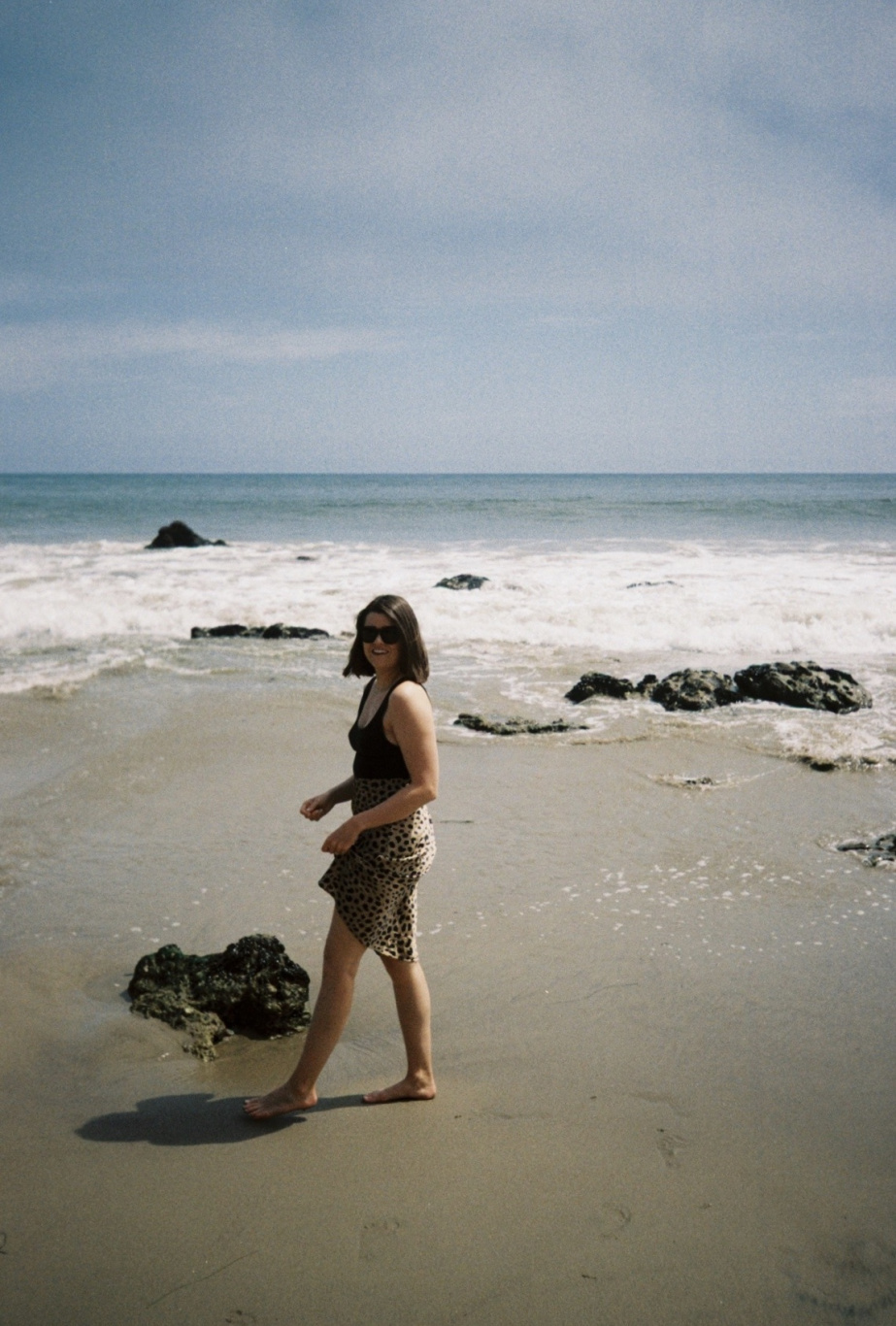



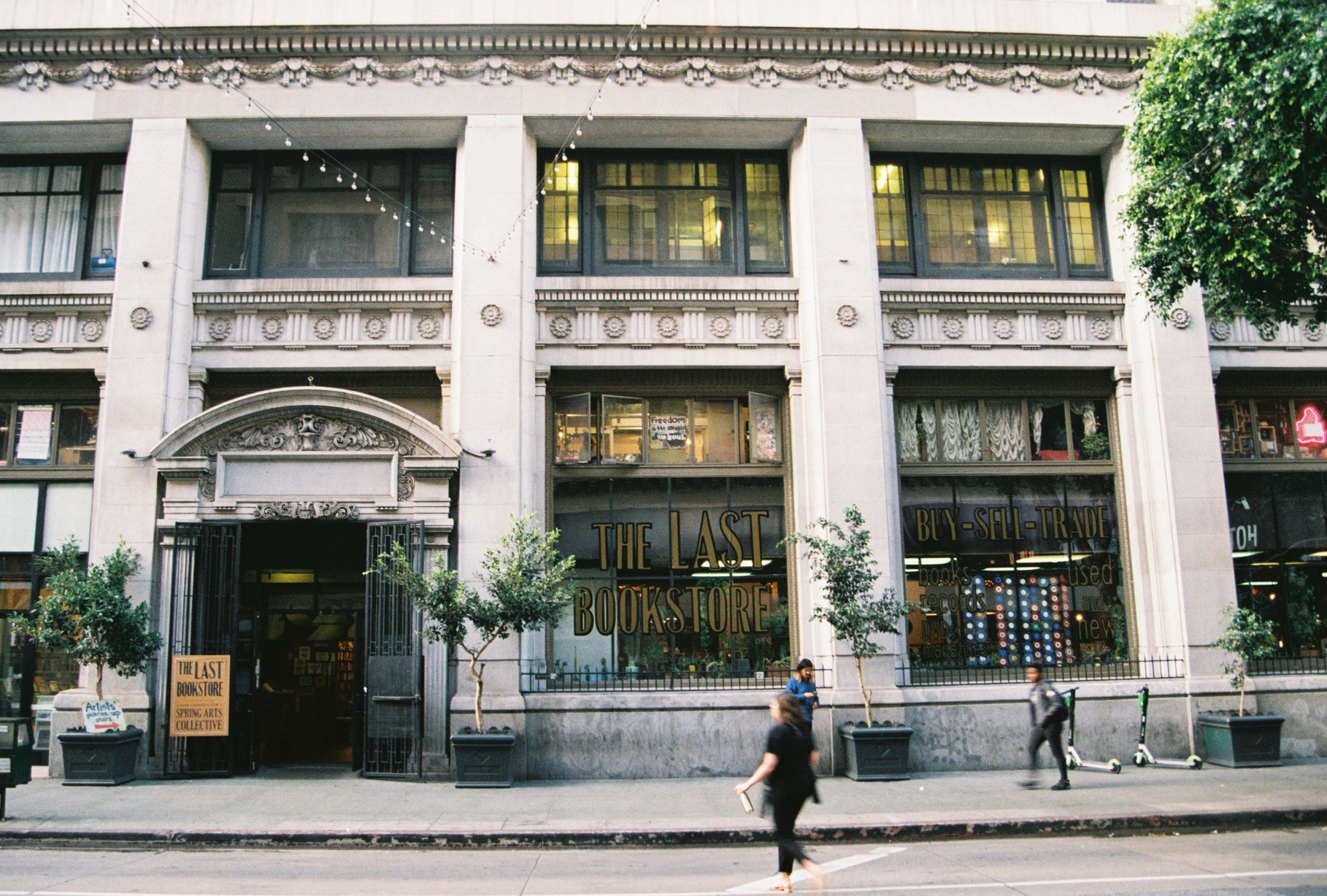
Photos by Mark and I taken on a Canon EOS3 & Canon Sure Shot BF on 35mm 200 ASA/ISO Fujifilm film
‘An Edited Life’ is now available to purchase worldwide HERE













Comments